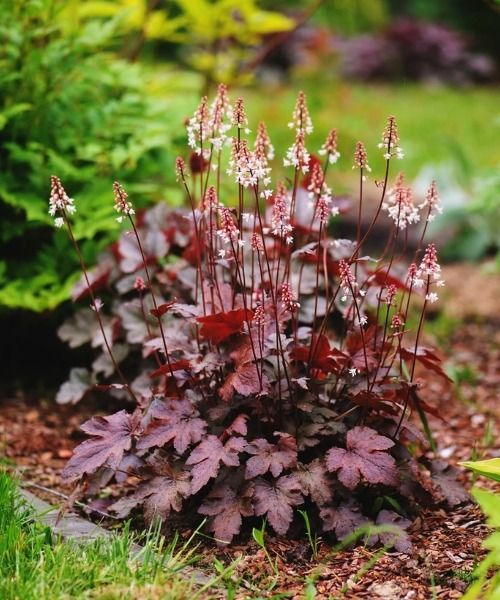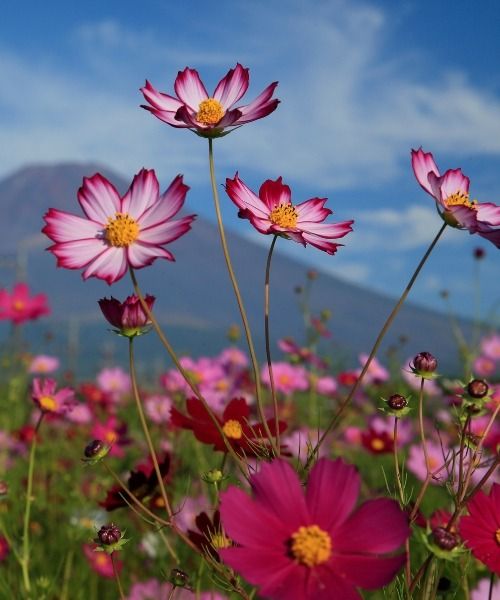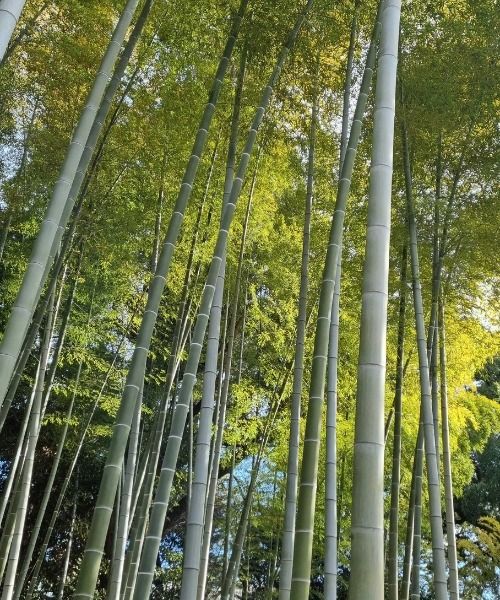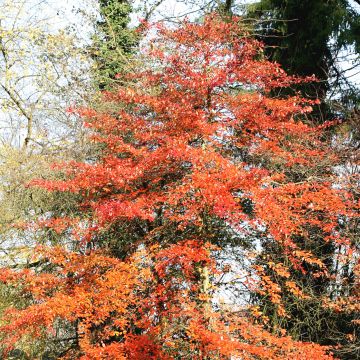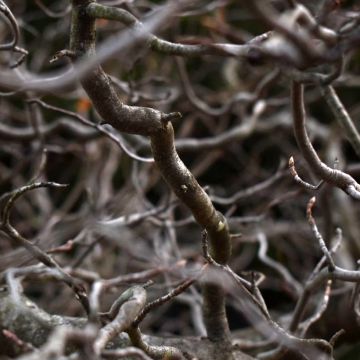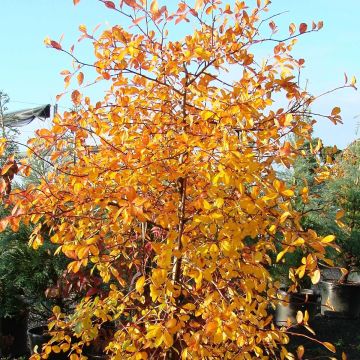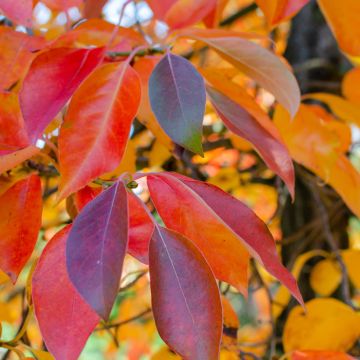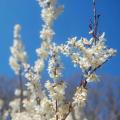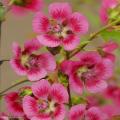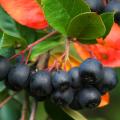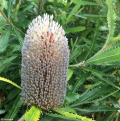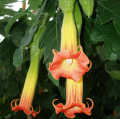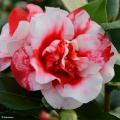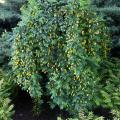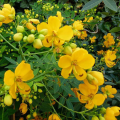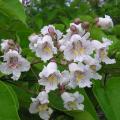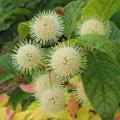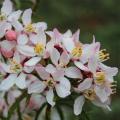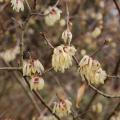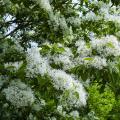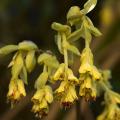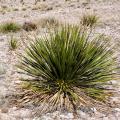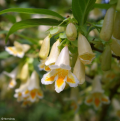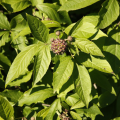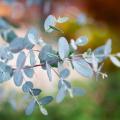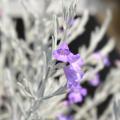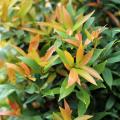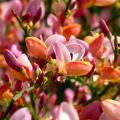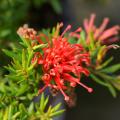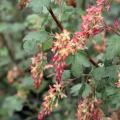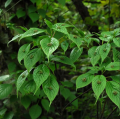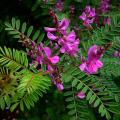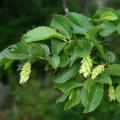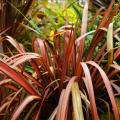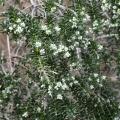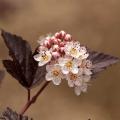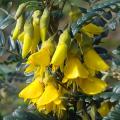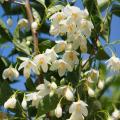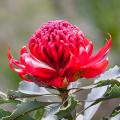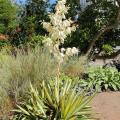Nyssa - Black Tupelo
Does this plant fit my garden? Set up your Plantfit profile →
Available in 3 sizes
Available in 1 sizes
Available in 1 sizes
Available in 1 sizes
Nyssa is a tree known for its flamboyant autumn foliage that we mainly know as the species Nyssa sylvatica, commonly called Tupelo or Black Gum. Native to the eastern North America, the genus Nyssa, belonging to the Nyssaceae or Cornaceae family, is actually composed of 9 to 11 species of Asian and North American trees and bushes, some of which are now extinct. They are all trees of wet or even swampy areas.
The black gum has found its way into our gardens because of its brilliant autumn foliage and its great hardiness. This tree, which can reach 20 m (66ft) in height, is suitable for parks and large gardens. Horticulturists and lovers of this tree have selected equally beautiful forms, but less bulky and more suitable for the size of our gardens. Especially the cultivars 'Autumn Cascades', semi-weeping, or 'Red Rage' with an intense red colour at the end of the season, which will not exceed 10 m (33ft) in height.
Nyssa sylvatica has more than one advantage: a graphic bark, ovate and shiny leaves that blaze in autumn, a summer flowering that is attractive to bees, and attractive dark purple berries that are highly appreciated by birds. It can be planted in full sun or partial shade. However, it is not as tolerant when it comes to the soil, as it is sensitive to limestone and drought. This tree also requires a neutral or acidic soil, rich in organic matter, which is moist to very wet.
Haven't found what you were looking for?

































